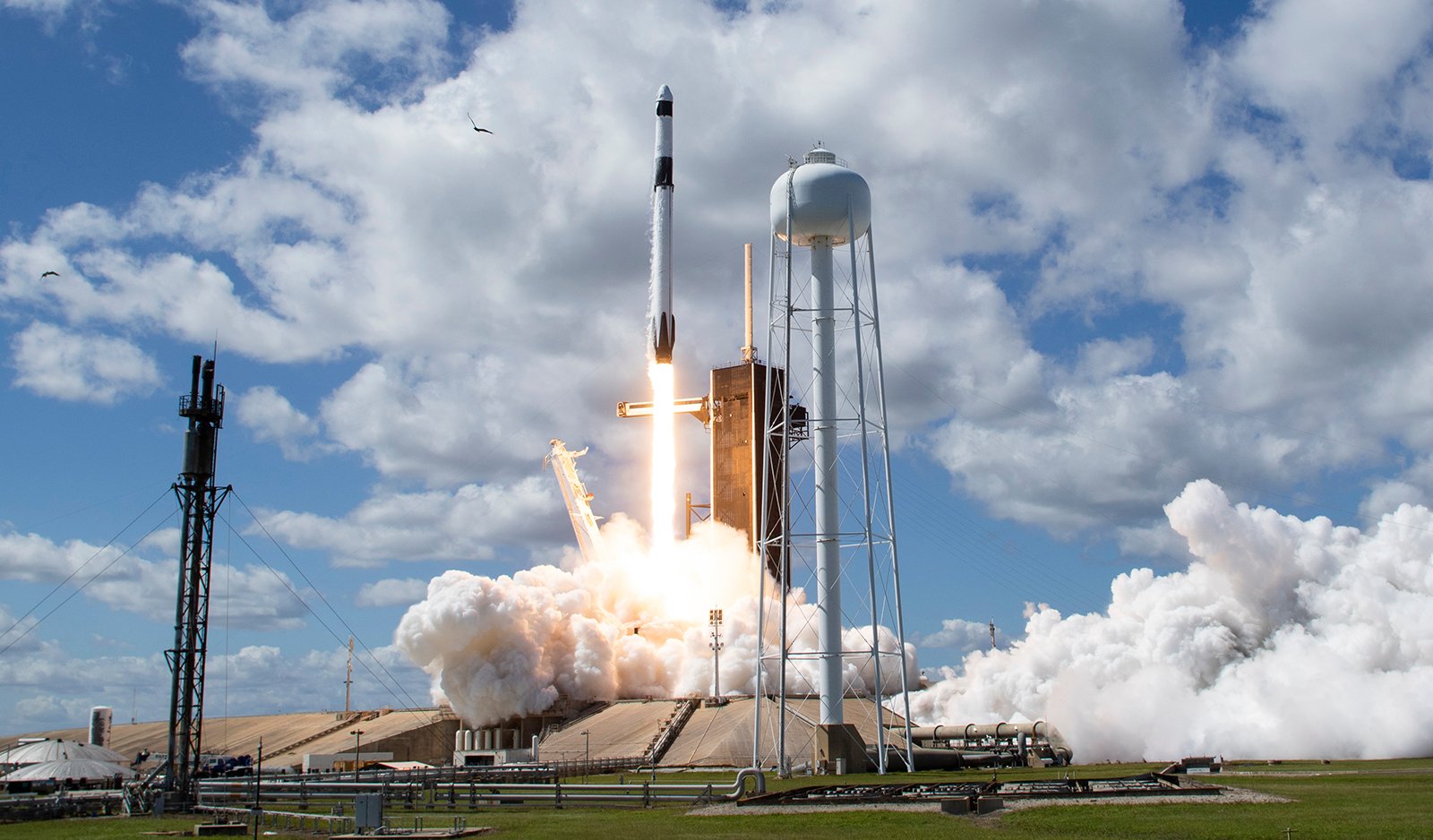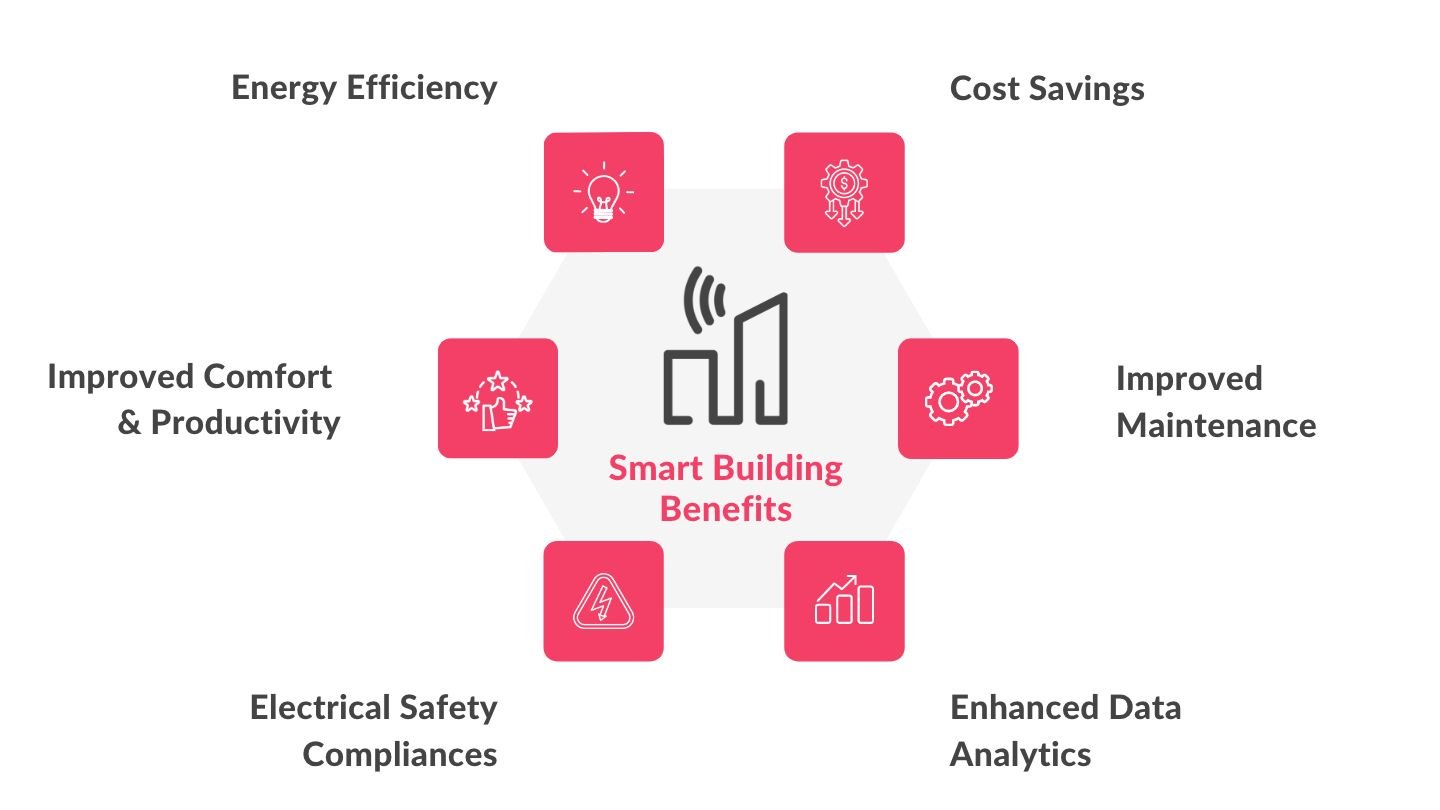The concept of a rocket launch has fascinated humanity for decades, marking significant milestones in our journey beyond Earth. From the early days of rocketry to modern-day space exploration, rocket launches have paved the way for scientific discovery, satellite deployment, and ambitious space missions. This article delves into the science behind rocket launches, their historical significance, technological advancements, and the future of space exploration.
Understanding the Science of Rocket Launches
A rocket launch is a highly complex event that requires precise engineering and physics. The fundamental principle governing rocket launches is Newton’s Third Law of Motion: For every action, there is an equal and opposite reaction. Rockets propel forward by expelling mass in the opposite direction, typically in the form of high-speed gases.
The launch process consists of several stages:
- Ignition and Liftoff – The engines ignite, producing immense thrust to overcome Earth’s gravity.
- First-Stage Separation – The primary booster detaches after consuming its fuel.
- Second-Stage Ignition – The second-stage engine ignites, pushing the rocket further.
- Payload Deployment – The final stage releases satellites, probes, or astronauts into orbit or beyond.
The energy required to escape Earth’s gravitational pull is known as escape velocity, which is approximately 11.2 km/s (25,000 mph).
Historical Milestones in Rocket Launches
The history of rocketry dates back centuries, but significant advancements occurred in the 20th century:
- 1926 – Robert H. Goddard launched the world’s first liquid-fueled rocket.
- 1957 – The Soviet Union launched Sputnik 1, the first artificial satellite.
- 1961 – Yuri Gagarin became the first human in space aboard Vostok 1.
- 1969 – NASA’s Apollo 11 mission landed the first humans on the Moon.
- 1981 – The first space shuttle, Columbia, was launched by NASA.
- 2004 – SpaceShipOne became the first private spacecraft to reach space.
- 2020 – SpaceX’s Crew Dragon launched astronauts to the International Space Station (ISS), marking a new era of commercial spaceflight.
Technological Advancements in Rocket Launches

Over the years, space agencies and private companies have introduced innovative technologies to improve rocket launches:
1. Reusable Rockets
Companies like SpaceX and Blue Origin have developed reusable rocket stages, significantly reducing launch costs. SpaceX’s Falcon 9 and Starship are prime examples of this technology.
2. Electric and Hybrid Propulsion
Advancements in ion propulsion and hybrid rocket engines aim to enhance efficiency. NASA’s Dawn spacecraft used ion propulsion for deep-space travel.
3. Miniaturized Satellites
Smaller rockets like Rocket Lab’s Electron are designed to launch CubeSats and small payloads cost-effectively.
4. Artificial Intelligence (AI) in Rocket Navigation
AI is playing a crucial role in space exploration, from optimizing launch trajectories to autonomous docking with space stations.
The Future of Rocket Launches
The future of rocket launches looks promising, with several ambitious projects on the horizon:
1. Interplanetary Travel
SpaceX’s Starship aims to transport humans to Mars and beyond, potentially making interplanetary travel a reality.
2. Space Tourism
Companies like Blue Origin, Virgin Galactic, and SpaceX are working on commercial spaceflights, making space tourism more accessible.
3. Lunar Exploration
NASA’s Artemis program plans to return humans to the Moon, establishing a sustainable lunar base.
4. Sustainable Spaceflight
Efforts are being made to develop green propulsion technologies to reduce environmental impact.
Conclusion
Rocket launches continue to be a symbol of human innovation and determination. As technology advances, space exploration will become more accessible, leading to new scientific discoveries and possibilities beyond our planet. The next decade promises to be an exciting era for spaceflight, with missions to the Moon, Mars, and beyond shaping the future of humanity in space.




